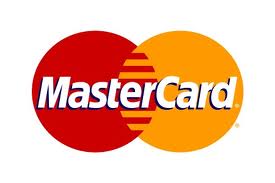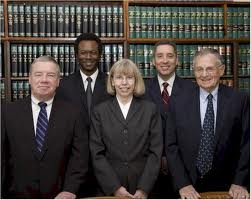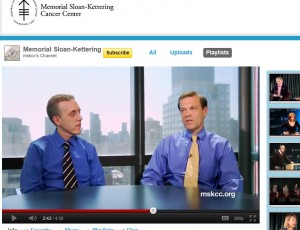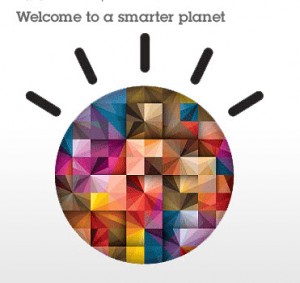Negative Brand Ideas.
Sometimes powerful brand ideas are not generated by consultancies, CMOs and marketing agencies – they are created by competitors. When launching the Barnes & Noble Nook Tablet yesterday in Manhattan, CEO William Lynch referred his competitor — Amazon’s Kindle Fire — as a “vending machine for Amazon services.” Ouch. Mr. Lynch knows what a lot of B2B sales people know, that positioning a competitor negatively with a nice, believable turn of phrase can be hurtful. And viral. If you have a good sound bite, one that comes with emotional impact, use it. Remember US Scare, the name for USAir after a number of plane crashes?
These anti-positioning brand ideas are rarely used in advertising, but set free in the market, they can have mad negative impact. You often hear these negative branding ideas bandied about and assume they come from the creative populace, but don’t be so sure. All’s fair in love and marketing.
In the Kindle Fire example, calling it a vending machine for Amazon services may actually be seen by some as a positive. There are a lot of Amazon users for whom added convenience is a good thing. Even so, this was a nice negative parry by Mr. Lynch. If you are a second-to-market, me-too product sometimes going negative is all you have. Peace!





